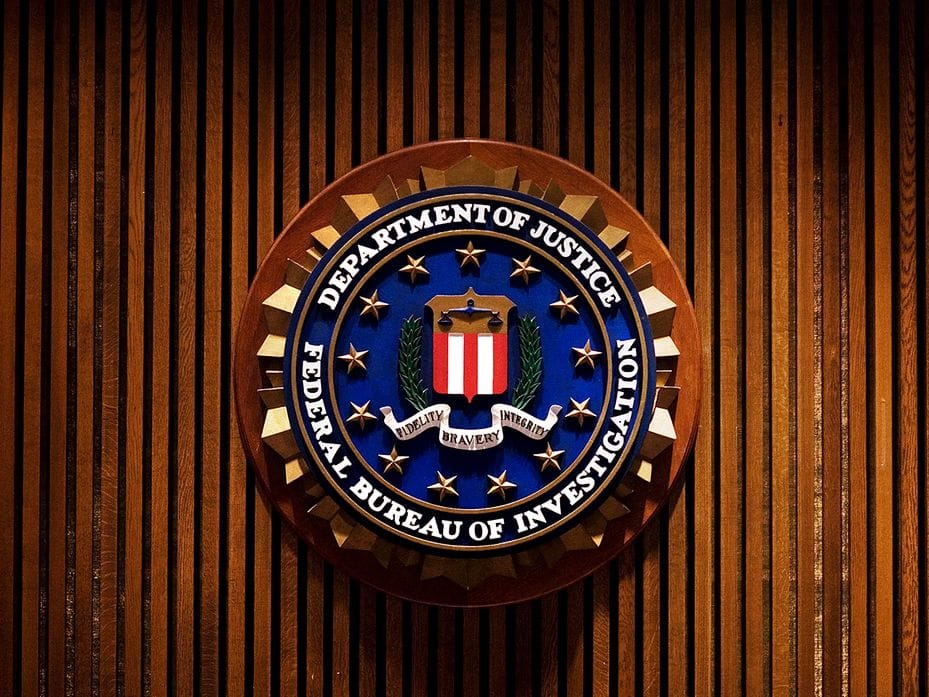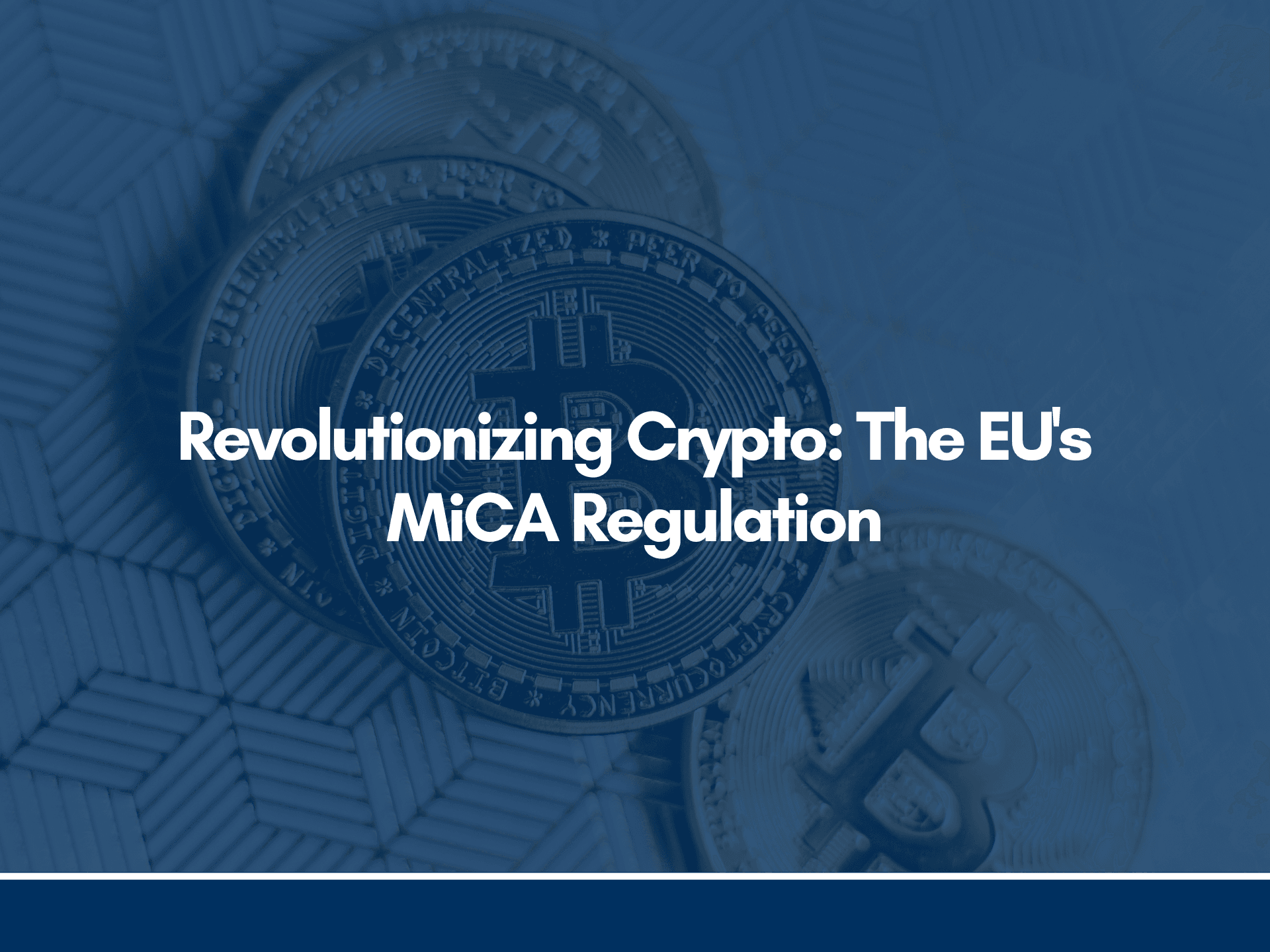Table of Contents Show
BeVerified Editorial Team
Why this matters in 2025
The U.S. consolidated terrorist watch-list (Terrorist Screening Dataset, TSDS) almost doubled between 2017 and 2023, reaching roughly 2 million names. Although border “watch-list encounters” eased modestly in 2024, the Homeland Threat Assessment 2025 keeps the national threat level “elevated,” reinforcing the list’s strategic importance.
For banks, insurers, capital-markets firms and fintechs, effective watch-list screening is now a board-level issue: recent enforcement actions prove that inadequate controls can trigger eight- or nine-figure penalties.
Watch-list basics
A watch list is a central database of people or organisations that authorities “reasonably suspect” of terrorism or serious crime. After the 9/11 attacks, the FBI’s Terrorist Screening Center was created to merge multiple lists into a single dataset (TIDE → TSDS). Key milestones:
- 2003: launch of TIDE and the Terrorist Screening Database.
- 2009: strengthened vetting after the attempted bombing of Northwest Flight 253.
- 2022-24: new entries must include biometrics; incomplete legacy records purged.
- 2025: TSDS remains the backbone of U.S. counter-terrorism, feeding TSA’s No-Fly and Selectee lists, CBP border checks and partner-agency databases.
What happens when you land on the FBI list?
- Real-time sharing with CBP, TSA, CIA, DoD, state/local police and foreign FIUs.
- Travel impact – possible no-fly status or mandatory secondary screening.
- Financial impact – automatic hits in sanctions/watch-list databases trigger account freezes, enhanced due-diligence (EDD) or outright off-boarding.
Civil-liberties litigation in 2024-25 is forcing the FBI to refine its redress mechanisms, but the core data-sharing model is unchanged.
How does the FBI watch-list work?
Maintenance — Hourly “delta files” push adds, changes and deletions to downstream systems; redress requests are handled via DHS-TRIP.
Nomination — Federal, state or partner agencies submit a name when they have articulable evidence or reasonable suspicion of terrorist links.
Initial vetting (NCTC) — The National Counterterrorism Center de-duplicates the record against TIDE.
Quality review (TSC) — The FBI’s TSC validates identifiers and assigns the record to TSDS.
Categorisation — Flags determine whether the person joins the No-Fly, Selectee or general TSDS subset.
Distribution — Approved records propagate in real time to TSA, Customs-and-Border, state/local police networks, OFAC/FinCEN data pipes and selected foreign partners.
Watch-list screening in finance
Regulators (FinCEN, OFAC, FCA, EU AMLA) expect firms to screen customers, counterparties and— increasingly—beneficial owners continuously, not just at onboarding. Failures bring heavy fines and reputational damage.
Enforcement case-studies (2013-24)
| Year | Institution | Regulator | Penalty | Root Cause | Key Lesson |
|---|---|---|---|---|---|
| 2024 | Starling Bank (UK) | FCA | £28.96 m | Partial sanctions list; accounts for 49 000 high-risk clients screened every 14 days only | Rapid growth is no defence. |
| 2023 | Deutsche Bank (DE/US) | U.S. Federal Reserve | $186 m | Slow remediation of long-standing AML & sanctions gaps | “Repeat-offender” tolerance has vanished. |
| 2023 | Wells Fargo (US) | OFAC + Fed | $97.8 m | Legacy trade-finance software enabled 124 sanctioned transactions | Tech integrations that obscure counterparties are red-flagged. |
Bottom line: regulators fine aggressively—even years after the fact—if watch-list controls stay weak.
Industry metrics for 2025
| Metric | 2024-25 Snapshot |
|---|---|
| Global AML-tech spend | USD 1.74 bn in 2024; projected ≈ USD 2.0 bn in 2025, 16 % CAGR to 2030 |
| False-positive burden (rules-based systems) | 95 %+ of alerts are false positives |
Choosing your screening stack
| Feature | Open-source / Free tools (e.g. OFAC API, NameScan) | Commercial SaaS platforms (e.g. World-Check, Lexis, ComplyAdvantage) |
|---|---|---|
| Up-front cost | None | Licence / per-hit fees |
| List coverage | Core UN & U.S. lists only | 3 000–6 000 global lists + adverse media, PEPs |
| Update frequency | Daily–weekly | 15 min – hourly |
| Matching algorithms | Basic fuzzy logic | AI/ML, transliteration, network analytics |
| False-positive tuning | Manual rules | Risk scoring, contextual ML |
| Integration effort | DIY scripting | Pre-built connectors |
| Support & audit logs | Community only | 24/7 SLA, full audit trail |
| Best fit | Low-risk fintech pilots, back-up checks | Regulated banks, cross-border payments, high volume |
BeVerified’s view: Open tools are ideal for pilots and back-up checks, but any prudentially-regulated firm will struggle to prove “effective screening” without a commercial feed that delivers global coverage, rapid updates and auditable analytics.
Implementation checklist (2025 refresh)
- Risk-rate products & corridors, set alert thresholds accordingly.
- Integrate automated screening into both onboarding and continuous transaction monitoring.
- Clean the data: incomplete KYC records are the #1 false-positive driver.
- Document playbooks for true hits, EDD cases and obvious false matches.
- Back-test monthly; log every threshold change for examiners.
- Train annually on new FBI/OFAC typologies and AI model governance.
The FBI watch-list is no mere spreadsheet—it is the backbone of a global counter-terrorism and sanctions-compliance ecosystem. In 2025, financial institutions that combine current data, intelligent matching, and transparent workflows will not only satisfy regulators but also strengthen customer trust.
References
• U.S. terrorist watch-list grows to 2 million people — CBS News (U.S. terrorist watchlist grows to 2 million people – CBS News)
• Homeland Threat Assessment 2025 — U.S. DHS ([PDF] Homeland Threat Assessment 2025)
• FCA press release on Starling Bank fine (Oct 2024) (FCA fines Starling Bank £29m for failings in their financial crime …)
• Federal Reserve enforcement action: Deutsche Bank $186 m penalty (Reuters, 19 Jul 2023) (US Fed fines Deutsche Bank $186 million for slow progress against …)
• Reuters: Wells Fargo $97.8 m sanctions failures (30 Mar 2023) (Wells Fargo to pay $97 mln for sanctions compliance failures | Reuters)
• Grand View Research, Anti-Money Laundering Market Size & Trends (accessed May 2025) (Anti-money Laundering Market Size | Industry Report, 2030)
• Finextra / Celent insight on 95 % false-positive rates & AI adoption (Apr 2025) ( CSI releases AI-powered AML compliance and fraud detection platform )
• Tookitaki case study: UOB false-positive reduction (Dec 2024) (Anti-money Laundering Using Machine Learning)
(All links above point to publicly available reports or primary regulator releases.)




